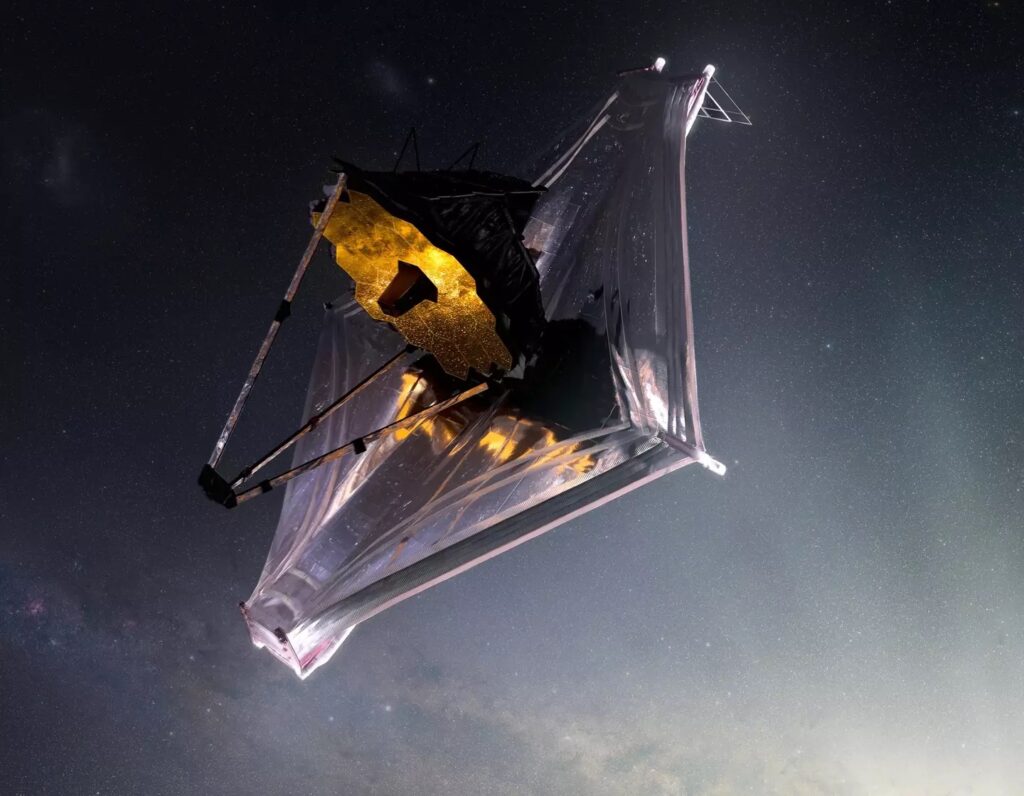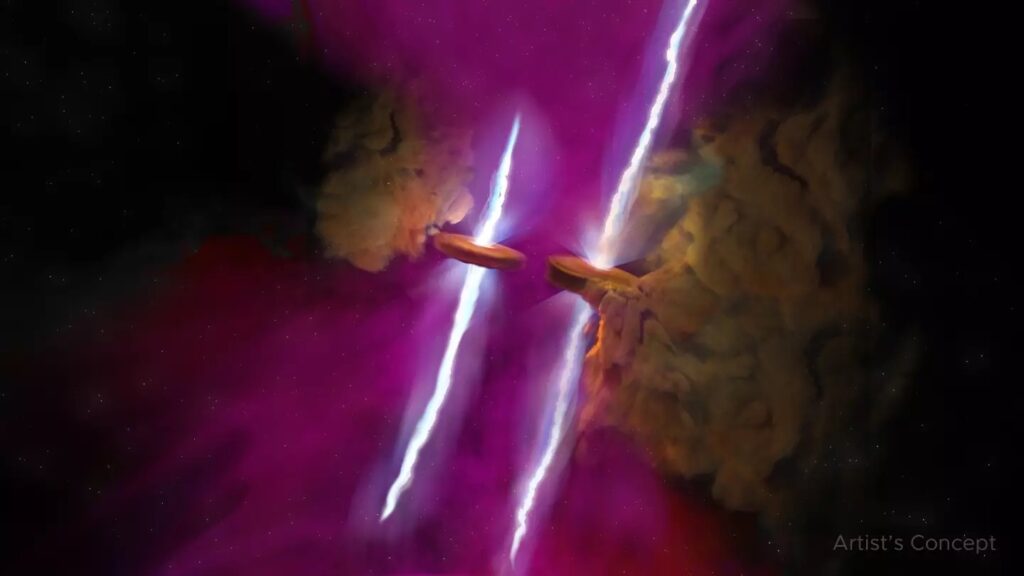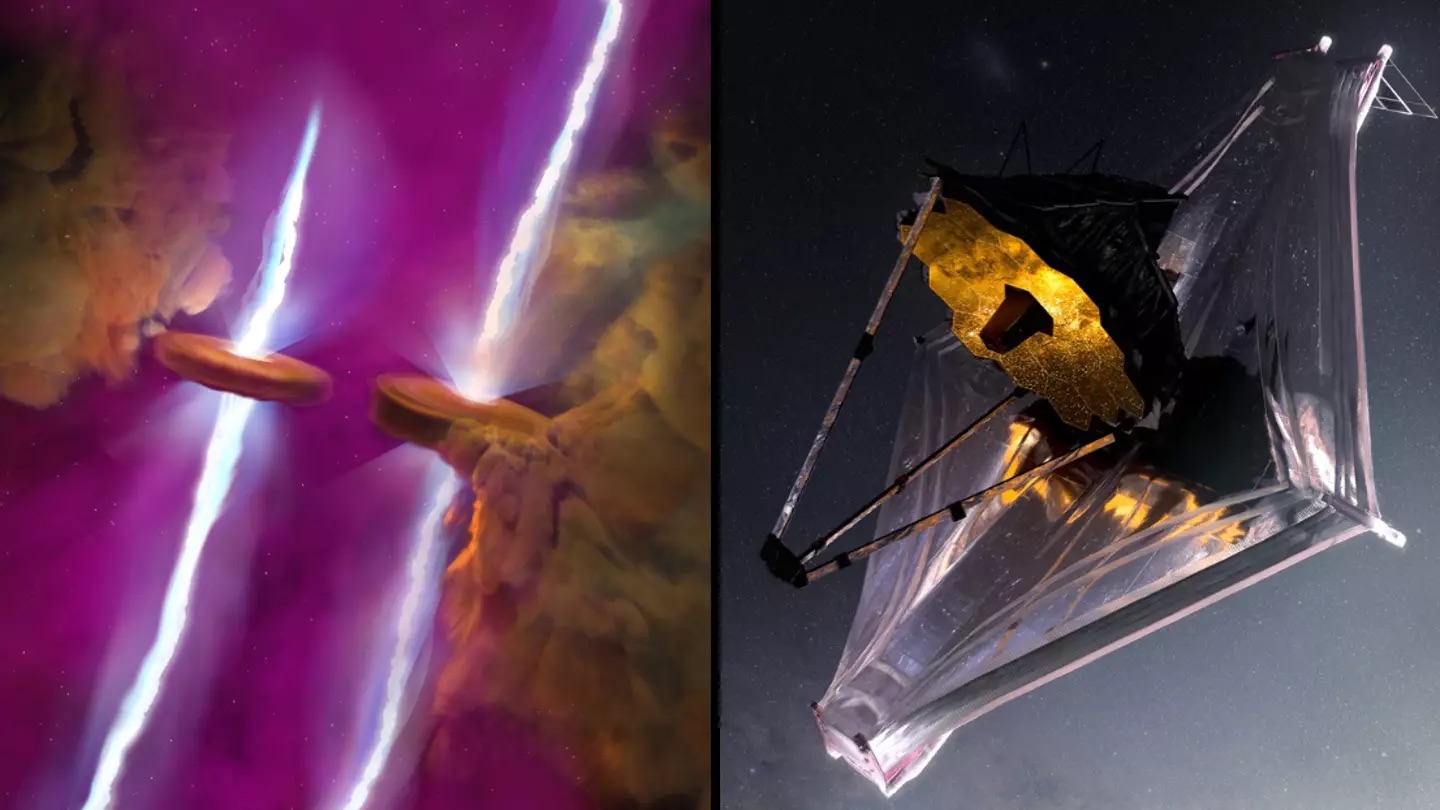Recent reports indicate that leading space scientists were astounded by a discovery made with the James Webb Space Telescope. Since its launch on Christmas Day 2021, the telescope has been capturing images of the universe, unveiling remarkable findings from nearly the beginning of time.
Despite the fact that astronomers have studied this particular region of the cosmos for decades, the telescope’s Mid-Infrared Instrument (MIRI)—which includes a camera and spectrograph—has revealed something new and extraordinary surrounding a star that has long been observed.
The James Webb Space Telescope is acclaimed as humanity’s premier tool in space exploration and continues to make groundbreaking discoveries.

Scientists were astonished by a recent discovery made by the James Webb Space Telescope, which studied a region observed since the 1970s with at least five different telescopes. The Webb telescope’s unparalleled resolution and specialized instruments uncovered that what was thought to be a single star is actually two stars.
Both stars have matching jets of gas streaming from their north and south poles. Astronomer Mary Barsony, the lead author of the paper detailing the findings, said the discovery left the team in awe and amazement.

Despite decades of studying the region, scientists were surprised to discover, through the James Webb Space Telescope’s Mid-Infrared Instrument (MIRI), the existence of two stars that were previously indistinguishable. Additional observations by the Atacama Large Millimeter Array (ALMA) revealed that both stars are surrounded by disks of dust and gas, suggesting the potential for planet formation.
Mike Ressler, project scientist for MIRI at NASA’s Jet Propulsion Laboratory and co-author of the study, praised the combined power of the two telescopes, noting they provide new insights into the two critical stars at the end stages of their formation process.
